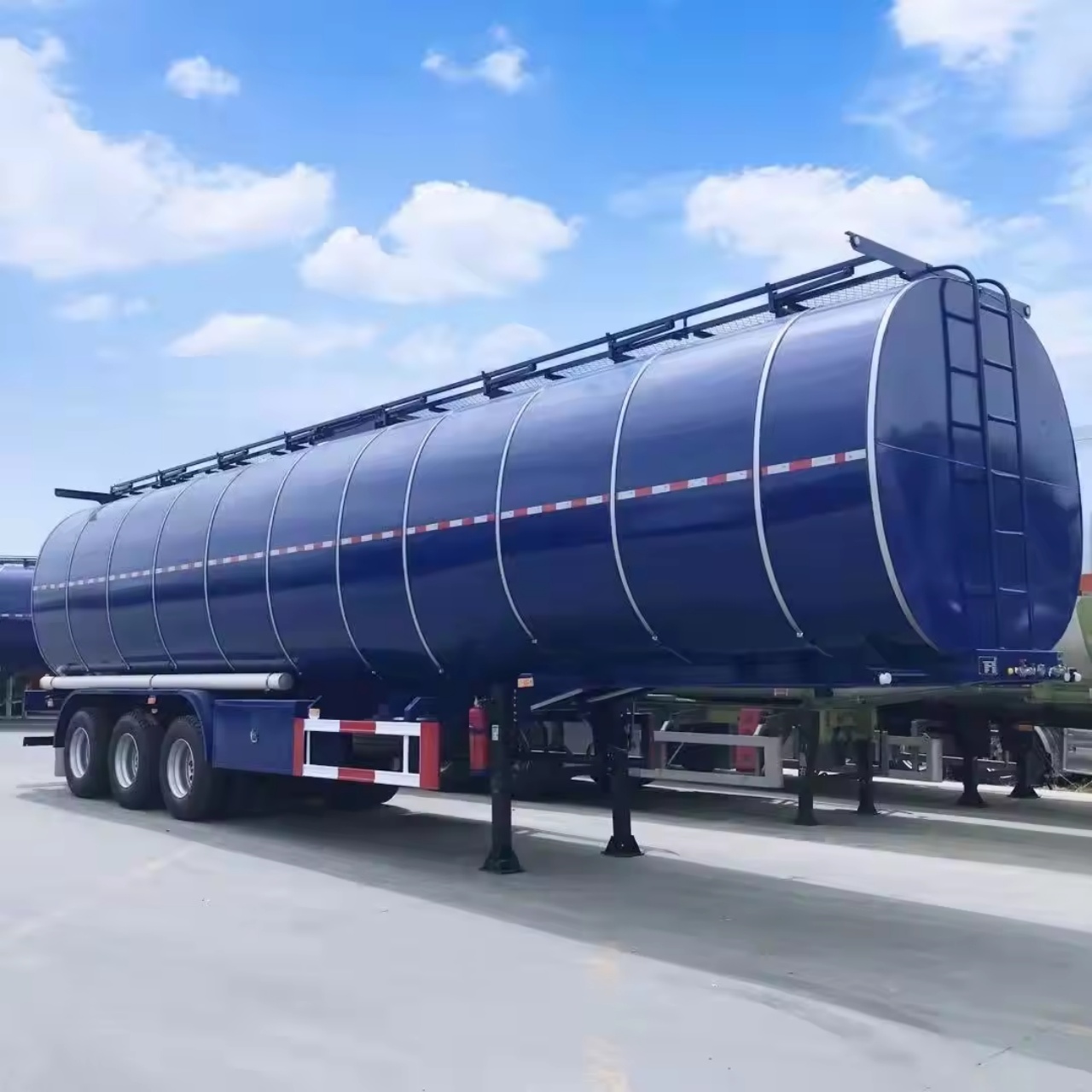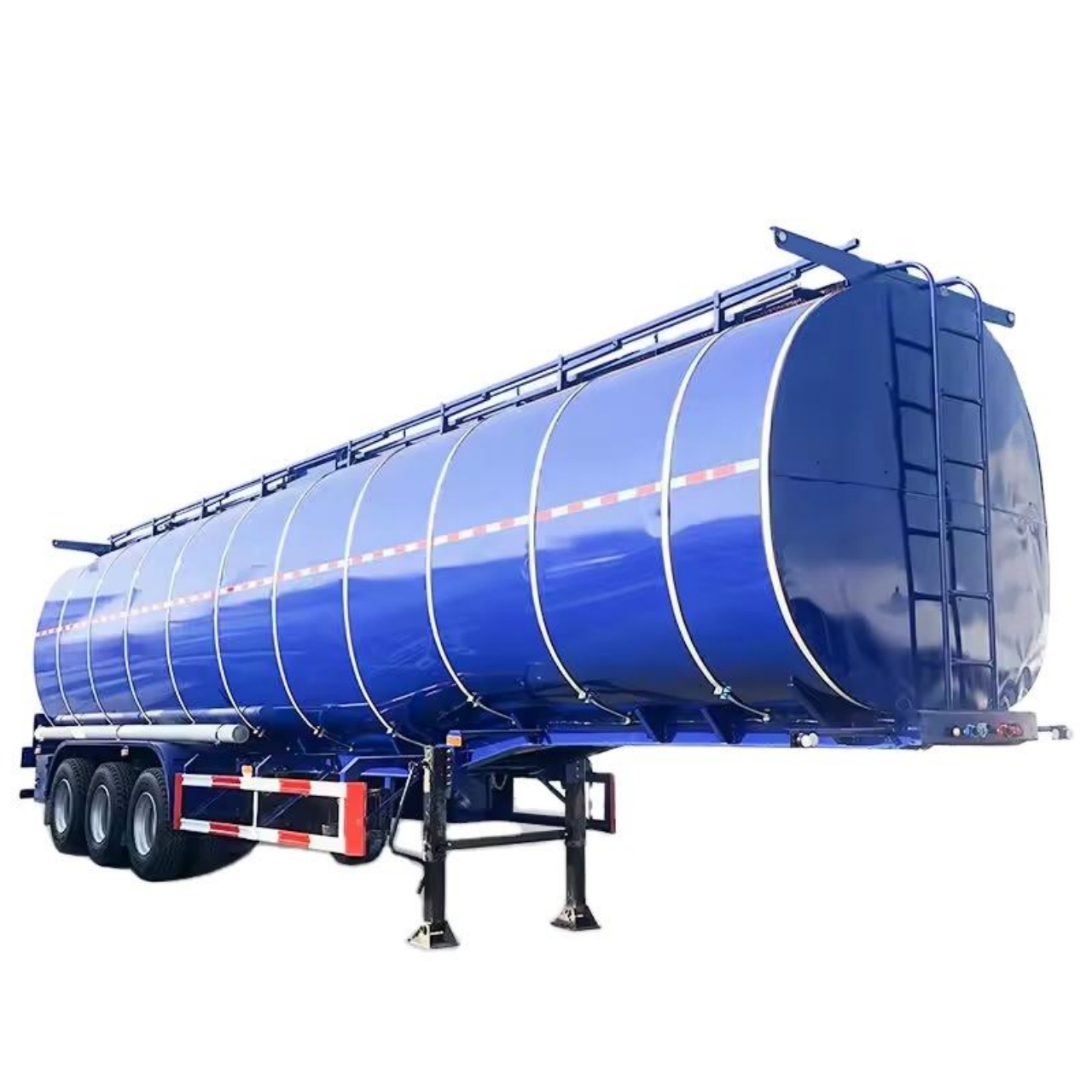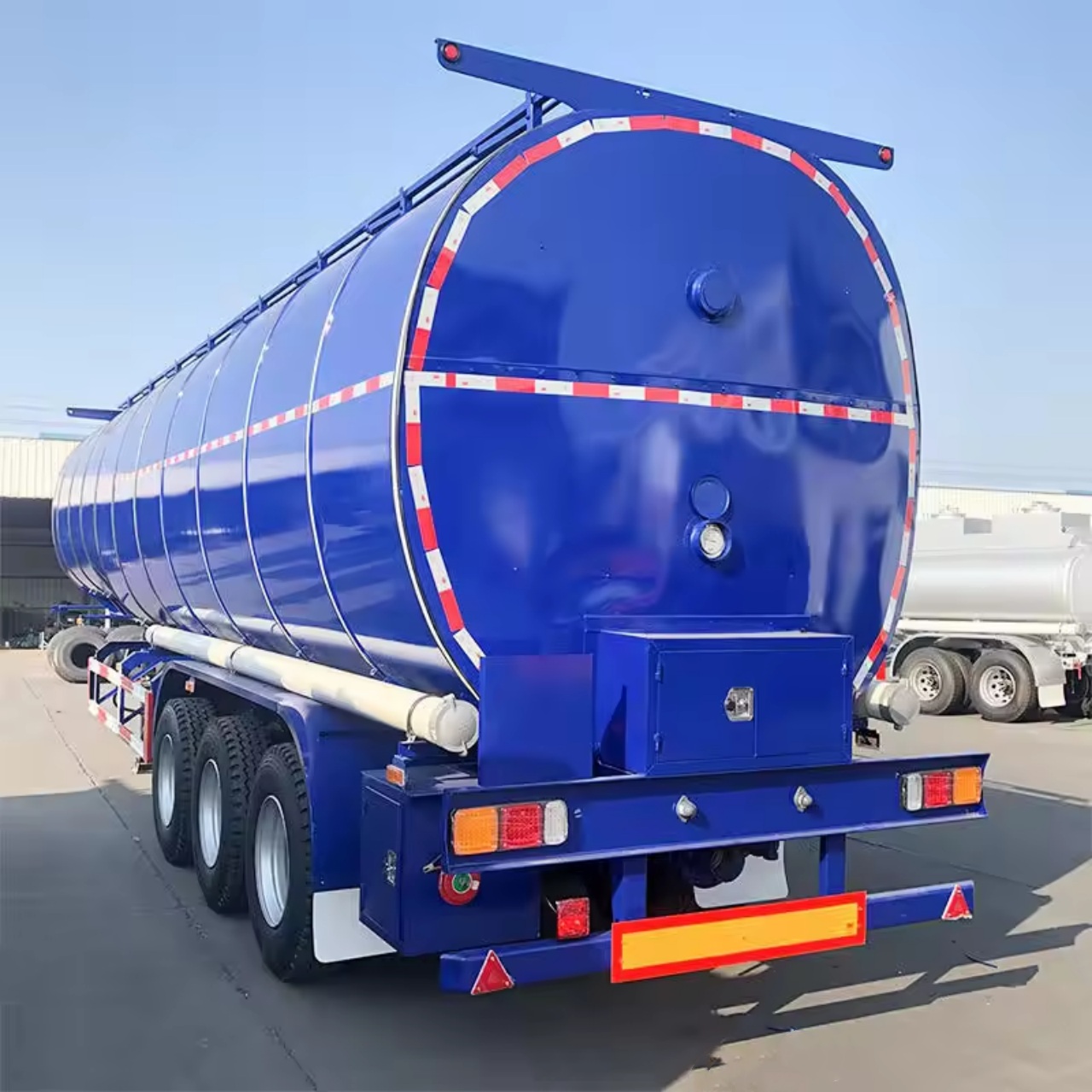Fuel tanker trailers are essential components in the transportation of petroleum and other liquid fuels. These trailers, typically towed by heavy-duty trucks, are designed to carry large volumes of flammable or hazardous liquids across long distances. One of the most frequently asked questions by logistics professionals, fleet managers, and curious observers is: “How long is a fuel tanker trailer?” The answer varies depending on several factors, including the region of operation, the type of fuel being transported, regulatory limitations, and trailer configuration. In this article, we’ll explore these variables and provide a comprehensive understanding of the typical lengths of fuel tanker trailers.
1. Standard Length of Fuel Tanker Trailers
Fuel tanker trailers come in different lengths, but most standard models fall within a certain range. In general:
- In North America, fuel tanker trailers typically range from 40 to 53 feet (about 12 to 16 meters) in length.
- In Europe, due to stricter road regulations and narrower streets, the typical length is slightly shorter, usually 30 to 45 feet (about 9 to 13.7 meters).
- In other regions, such as Asia, Africa, or Australia, the lengths can vary widely depending on road infrastructure, legal restrictions, and market demands, ranging from 25 to 55 feet.
These measurements refer to the trailer itself, excluding the length of the tractor unit (the truck that tows the trailer), which can add another 10–20 feet to the overall length of the vehicle combination.
2. Factors Affecting Trailer Length
Several factors determine the specific length of a fuel tanker trailer:
a. Tank Capacity
A longer tanker trailer typically offers more capacity. For example:
- A 30-foot trailer might carry around 5,000 to 6,000 gallons (18,900 to 22,700 liters).
- A 45 to 50-foot trailer can carry up to 9,000 to 11,600 gallons (34,000 to 44,000 liters).
However, regulations on gross vehicle weight (GVW) may limit how much fuel can be carried, regardless of trailer length.
b. Axle Configuration
Tankers can have multiple axle configurations to distribute weight. Longer trailers often come with more axles (e.g., tri-axle or quad-axle), which also affects maneuverability and legal road limits.
c. Road Regulations
In countries like the United States, the Federal Motor Carrier Safety Administration (FMCSA) restricts trailer lengths to improve safety and maintain infrastructure integrity. In Canada and Australia, however, longer trailers such as B-doubles (linked sets of trailers) are more common.
d. Purpose of Use
Some fuel tanker trailers are designed for urban delivery, and therefore need to be shorter for navigating city streets. These are often 25 to 35 feet long. Long-haul fuel tankers used for intercity or cross-country transport are longer and designed for highway travel.
3. Types of Fuel Tanker Trailers and Their Typical Lengths
Different types of fuel tankers have distinct design features and lengths. Below are some common configurations:
a. Single-Compartment Tankers
These are typically used for bulk delivery of one type of fuel (e.g., gasoline). They are usually longer to maximize single-product capacity—40 to 50 feet is common.
b. Multi-Compartment Tankers
These tankers are divided into several compartments, allowing them to transport different fuel types (e.g., diesel, gasoline, ethanol) in 1 trip. Because of their multi-purpose design, they are often slightly longer—45 to 53 feet—and heavier.
c. B-Double or Road Train Tankers
In countries with vast rural areas like Australia, road trains are used. These can be up to 100 feet (30 meters) long, made up of a lead tanker and one or two additional trailers. Each trailer is around 30 to 35 feet long.
4. Design Considerations for Tanker Length
The design of fuel tanker trailers balances several needs:
- Safety: Longer trailers are more prone to rollovers and require stronger materials, lower center of gravity designs, and sometimes baffles to prevent sloshing.
- Efficiency: Longer trailers reduce the number of trips required, making them cost-effective for long-haul operations.
- Compliance: Trailer lengths must comply with bridge laws, turning radius requirements, and other road transport laws.
5. Global Standards and Differences
Different countries adopt different standards based on their infrastructure:
– United States and Canada:
Typical tanker trailers range from 40 to 53 feet, with 7,000 to 11,500-gallon capacity. Double trailers (2 shorter tankers) are legal in some states.
– European Union:
Fuel tankers are shorter due to stricter regulations and smaller roadways. 12-meter (approx. 39-foot) trailers are common, with up to 40,000 liters (10,600 gallons) of capacity.
– Australia:
Longer tanker combinations are allowed. Road trains can be up to 53.5 meters (175 feet) long in remote areas.
6. Legal and Operational Implications
Trailer length has direct legal implications:
- Weight Restrictions: Every country has a maximum allowable weight per axle and total GVWR (gross vehicle weight rating). A longer trailer must be supported by appropriate axles to distribute weight.
- Turning Radius: Longer trailers require wider turns, which limits their use in urban environments.
- Licensing and Routing: Specialized licensing may be required for longer trailers, and they may be restricted from entering certain roads, tunnels, or bridges.
Fleet operators must factor these limitations when deciding what trailer length is most practical.
7. Conclusion: Understanding the Length of a Fuel Tanker Trailer
So, how long is a fuel tanker trailer? In summary:
- The typical range is 40 to 53 feet (12 to 16 meters) for most standard tankers.
- Shorter trailers (25–35 feet) are used for urban delivery.
- Longer configurations (up to 100 feet or more) are used in specialized cases such as road trains.
The exact length depends on several variables: Regulatory limits, fuel capacity, road type, and operational goals. Understanding these factors helps operators choose the right equipment and comply with legal and logistical requirements. Whether moving gasoline from a refinery to a gas station or hauling diesel across country borders, trailer length plays a pivotal role in the safe, efficient transportation of liquid fuels.





